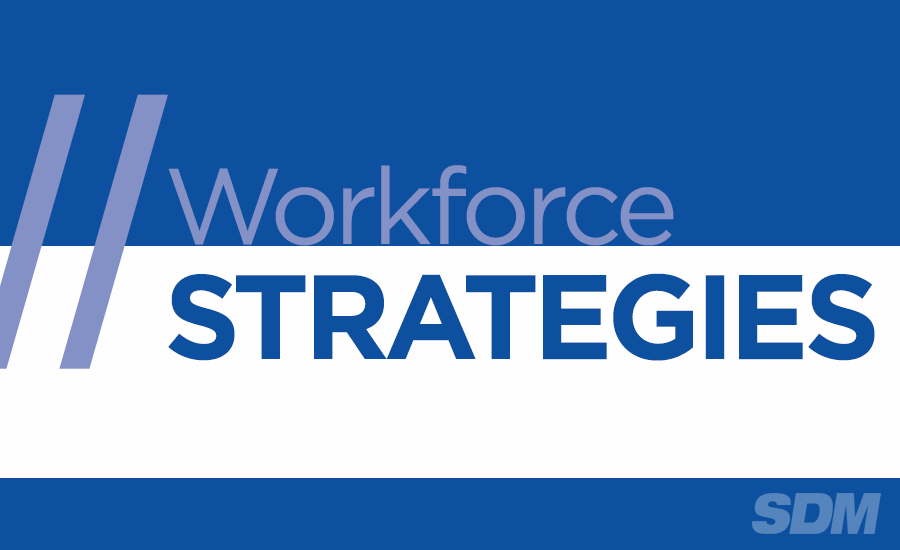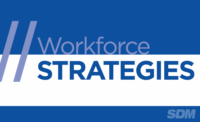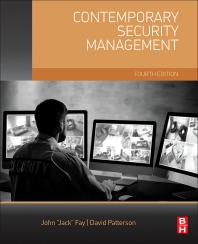Since the pandemic started, many security industry firms have grown their use of remote hiring, but the reason wasn’t just because people were masked up and offices were closed. Firms found that getting skilled at remote hiring not only could ease the hiring process for out-of-the-area candidates and HR teams alike, but the good practices developed during the pandemic were still useful for when hiring remote workers, such as when adding sales and business development staff in new areas of the country away from field offices.
Some companies, like security design and managed services firm ZBeta, have gone fully remote in their workforce, and remote hiring is always the standard. Other companies, like Axis Communications, leverage remote, virtual interviews but put in-person interviews as part of the final stage of the hiring process. Integrators like SAGE Integration note that doing remote interviews has been helpful in a competitive hiring market, and particularly when considering out-of-the-region candidates.
We asked some of these top human resources leaders from the Security Industry Association (SIA) Human Resources Working Group for insights on how to handle remote hiring. Here are their top tips.
1. CREATE A CLEAR PROCESS.
“We typically have three rounds of interviews starting with a phone screening, then moving into a Microsoft Teams call with the hiring manager and wrapping up with a final round interview Microsoft Teams call with a few team members,” explained Anna Yates, director of talent and culture with ZBeta. “On the internal side, with every new role, I have a kick-off call with the hiring manager where we discuss the role, the requirements and align on a timeline and interview process.”
2. BE OPEN AND DIRECT WITH YOUR CANDIDATES.
Just as it can be challenging to get to know a candidate remotely, the process can be challenging for applicants. “The best that one can do as an HR professional is to conduct a pointed kickoff meeting with the hiring manager [and candidate] to share the overview details of what success looks like in the role, key expectations — the talk track of the culture, key business objectives, challenges and what’s next,” said Tanya Turner, human resources director for Salto Systems.
3. USE THE PHONE FOR FIRST-ROUND SCREENING.
ZBeta’s Yates says she really likes conducting her initial screening by phone. “I feel that it helps remove biases and allows me to really focus on the candidate and what they are saying,” she said.
4. BE ADAPTABLE WITH TECHNOLOGY.
Don’t get hung up on a particular video platform, Yates advised. “Because there are so many virtual platforms on the market, not everyone is familiar with or comfortable with the one we use (Microsoft Teams). One of the ways that we work around this is to always provide a dial-in option. The last thing I want is for technology to be a barrier for a candidate to participate in an interview.”
5. INVEST IN TECHNOLOGY TO EASE THE PROCESS.
Between ghosting (yes, it happens), slow responses, and the challenge of sorting through many candidates, keeping track of remote applicants can be challenging. Salto Systems’ Turner said she uses technology to help her manage applicants. “We recently acquired an applicant tracking tool which helps to keep the process seamless, serves as a place to house candidates and ensures the process is consistent.”
6. PAY ATTENTION TO YOUR QUESTIONS.
SAGE Integration’s Director of Human Resources Lori Hudnall emphasized that companies need to carefully design their questions so HR and the hiring managers can tell if the candidates honestly know the answers or if they are using the web or other informational source to answer the questions.
7. BE MINDFUL OF HOW MANY INTERVIEWERS YOU REALLY NEED.
Too many interviewers on the call can intimidate even the most outgoing candidates. “I try to limit the participants to myself and the hiring manager; however, there have been times that I may like the candidate for more than one position and have invited both hiring managers to the interview,” Hudnall said. “I found that the candidates appeared more nervous and sometimes confused on who to look at when they are responding to the questions.”
8. PAY ATTENTION TO VISUAL CUES.
One of the hardest elements of remote interviewing is capturing all information — and not just what was said, noted Axis Communications’ Elaine Palome, director of human resources for Americas. “Although we require cameras to be turned on for all video meetings at Axis (not just interviews), interviewers must pay closer attention to all cues during the interview: eye contact, facial expression, words, tone, gesture, posture, etc.”
9. THINK ABOUT THE TIMING AND TALKING OVER EACH OTHER.
“Timing during the interview is also sometimes hard; either the candidate or hiring manager may speak over each other or out of turn,” Hudnall said. She said she overcomes this challenge by walking through the interview steps with everyone at the beginning of the interview so everyone knows when their time to talk will be.
10. DEFINE YOUR COMPANY’S CULTURE EARLY.
Culture is often a deciding factor when hiring for hard-to-fill positions. On her initial contact with a candidate, Hudnall said she uses her time “to talk about our culture and use recent examples of internal promotions, townhall meetings, recognition programs, and community outreach efforts, to help the candidate picture how they will be accepted and included in our company and with their peers.”
11. DON’T BE AFRAID TO ASK FOR THE “IN REAL LIFE” EXPERIENCE.
Even for a video company that embraces video-based hiring, Axis Communications still always makes the in-person connection. “The final interview is always a face-to-face meeting,” Palome said. “We find that this is an important step in landing the candidate should we decide to move forward with an offer so that the selected individual can experience our culture in person.”






